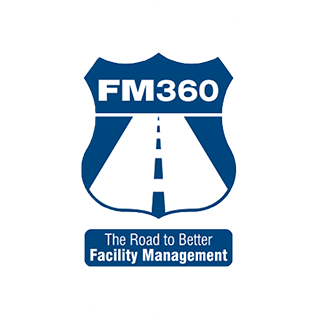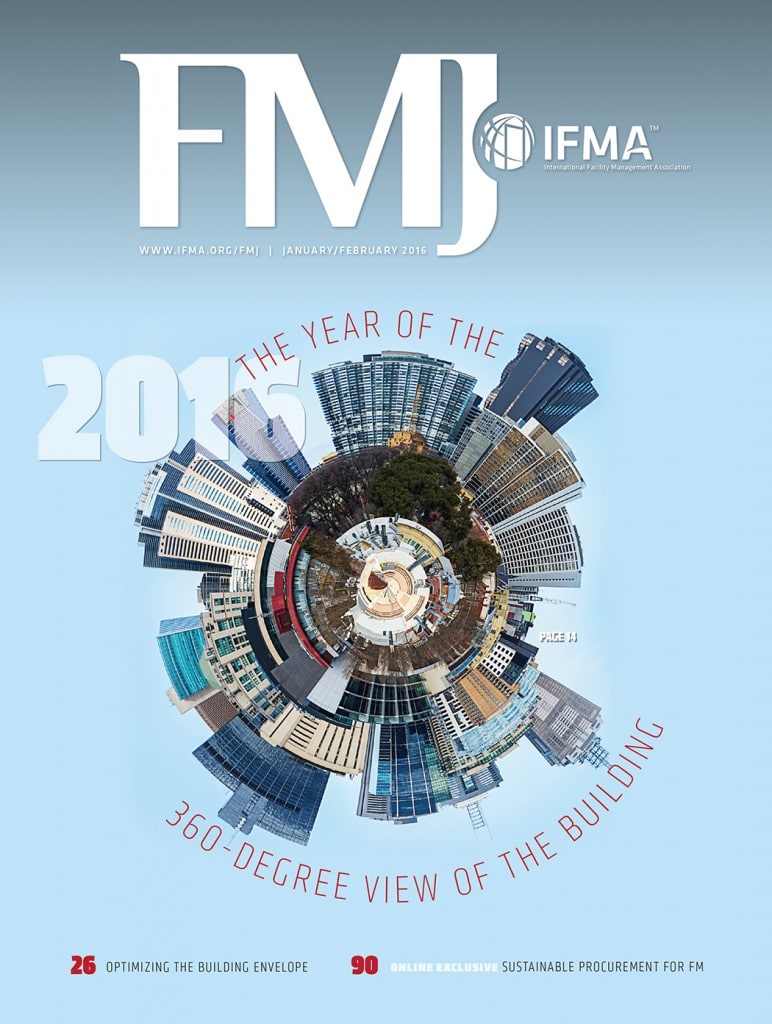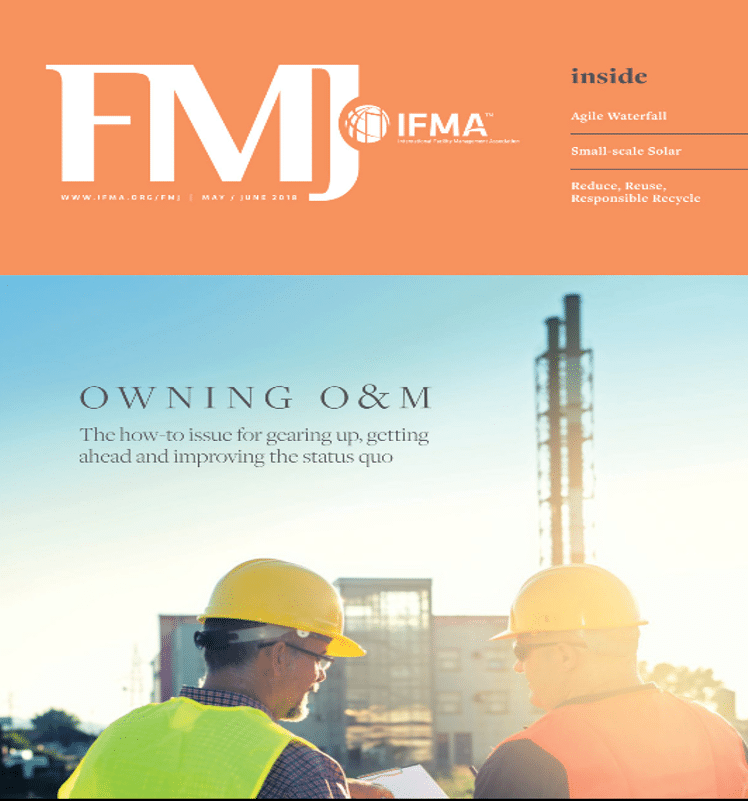 The two key resources that facilities seemingly always need are money and people. However, those are often the two that are continually being stretched, as facility departments are instructed to do more with less. This strain is growing with the exodus of the baby boomers and the consequential skilled labor shortage. Thus, it is imperative that the facility industry leverage the inherent technology in today’s buildings to increase building efficiency and effectiveness of facility staff.
The two key resources that facilities seemingly always need are money and people. However, those are often the two that are continually being stretched, as facility departments are instructed to do more with less. This strain is growing with the exodus of the baby boomers and the consequential skilled labor shortage. Thus, it is imperative that the facility industry leverage the inherent technology in today’s buildings to increase building efficiency and effectiveness of facility staff.
A primary tool for accomplishing such is on-going commissioning (Cx365 or OCx), which is presented along with commissioning and retro-commissioning in the related FMJ article titled “Commissioning & Retro-Commissioning – a Cost-Effective Way to Lower Utility Costs and Increase Facility Performance”. Below are some OCx recommendations for using a building management system (BMS) to reduce energy costs.
Comparing MAT/SAT/RAT/OAT
No this is not an introductory reading course where “Mat sat on the rat…” Rather, these abbreviations commonly refer to temperatures within an air handler that we can use to verify that sensors, dampers, and the overall air handler unit (AHU) are functioning correctly. The return air temperature (RAT) is the air returning from the conditioned space, which should typically be in the mid to upper 70s (F). The supply air temperature (SAT) is the desired temperature of the air leaving the air handler to satisfy the conditioned space’s demand. Building code requires a minimum amount of outside air, measured in CFM (cubic feet per minute), be provided to a building (see ASHRAE Standard 62); thus the incoming outside air temperature (OAT) significantly impacts a building’s efficiency and is a key parameter to monitor. The mixed air temperature (MAT) measures the resultant air temperature of combining return air with outside air; this air is then sent through the cooling coil and/or possibly heating coil (depending upon design) to create the desired SAT. The relative differences between these various air temperatures can tell us a lot about the function of the AHU.
Virtual points can be established to compare these temperatures and alert us when the numbers do not make sense indicating a possible sensor error, damper malfunction, or other issues. (A virtual point is a calculated point in a BMS, not a physical metered point with a sensor, which can be used to calculate and compare real or other virtual data points.) For example, if the RAT is 77F, the OAT is 95F, and the MAT is 89F, then we are likely pulling in too much outside air, which could indicate that dampers are not opening or closing correctly. A virtual point could be used to alert us when the MAT exceeds RAT by a specified degree or percentage; conversely, we should monitor if it is considerably lower during the heating season.
Economizer Mode
Most rooftop package units (RTU) and air handlers (AHU) are equipped with economizer dampers that allow for outside air to be used to efficiently cool a building when the OAT is lower than the desired SAT, during cooling season. However, studies have found that over half of the economizers surveyed were not functioning correctly, with one-third of them not working at all. Economizers can provide substantial savings when properly functioning – or they can cost us a lot of money when they are not. Virtual points can be used to compare OAT, MAT, SAT setpoint, damper positions, and percent (or stage of) cooling. For example, if the SAT setpoint is 65F and the OAT is 60F, the outside air dampers should be at or near 100% open. A small amount of the return air should mix with the cooler outside air to temper it, providing a MAT of 65F. If MAT is providing the desired SAT, then there should be no mechanical cooling occurring. (Note, this scenario does not address dehumidification.) Conversely, if the OAT exceeds the SAT setpoint, the outside air damper position should close to a minimum position as prescribed per ASHRAE 62.
Simultaneous Heating & Cooling
Many of our HVAC systems are designed to simultaneously heat and cool – our objective is to minimize the amount it occurs. For example on a AHU/VAV (variable air volume) system, the SAT is set to satisfy the space that is calling for cooling, while the other zones may be reheating to satisfy their respective demand. A virtual point can be used to compare percent/stage of cooling and percent/stage of heating or number of spaces requiring reheat versus total number of zones served by that AHU/RTU. For example, if we see that 90% of the zones are reheating, while 10% are satisfied or in cooling mode, then the 10% is dictating the cooling demand and subsequently causing simultaneous heating in the remainder of the building. This could indicate airflow issues or sensor error; either way, situations such as this should be explored further for performance issues and energy saving opportunities.
Lockouts
Depending upon outside conditions and the desired SAT (and other design requirements), systems should be turned off or “locked out” to ensure that we are not cooling and heating simultaneously or running equipment and wasting energy unnecessarily. For example, if the OAT is a percentage or certain degree above the SAT setpoint, then the boiler(s) should be disabled, unless the boilers are required for process purposes. The lock-out can be verified by evaluating the hot water supply temperature. Additionally the hot water pumps should be off. Lockout of the chiller and chilled water system could be setup and monitored in a similar fashion.
Schedules and Setbacks
In retro-commissioning, it is quite common to find incorrectly set or malfunctioning schedules and setbacks. Thus schedules and the corresponding setback (occupied, unoccupied, non-business hours) setpoints should be manually verified on a periodic basis. The BMS can then be used to verify that the systems are not running when they supposed to be off. For example, monitoring space temperatures, boiler and chiller operations, water flow, etc. to verify that these systems are functioning correctly in the unoccupied mode.
Many building management systems have a smart start capability where the BMS learns when to turn the building systems on so that the space is at the desired temperature by the specified occupied time. For example, based upon outside air temperature, space temperatures, and occupied setpoint, the BMS will determine the optimum time to start up the boiler(s) so that it does not fire up too early or too late. This can significantly reduce energy use and equipment run-time.
The occupancy sensors used in a building’s lighting system can be tied into the BMS, so that rooms can switch from unoccupied to occupied temperature settings when someone enters the room. This can be especially useful during business hours for rooms that are not constantly occupied, such as meeting rooms and auditoriums. Depending upon the space, you may want to allow for a delay to ensure the person(s) is staying in the room and not just passing by.
Coasting
Often building’s will run their heating and cooling systems until the unoccupied setback time is reached, which is typically a few hours beyond actual business hours; for example, nighttime setback is 7PM for an 8AM to 5PM office building, resulting in unnecessarily operating building systems to maintain space temperature. Instead of running the boiler(s) and chiller(s) until 7PM, as in the example, turn them off earlier in the day, say 2PM or 3PM, and let the building “coast” through the remainder of the occupied hours. Buildings have thermal mass, which will help them maintain space temperatures for the waning hours of the day. Additionally, for those buildings with chilled water and hot water systems, there is a lot of chilled/hot water running through the pipes that can often satisfy demand while coasting.
You can see this coasting period by reviewing space temperature trends; the building temperature does not typically change drastically once the heating/cooling systems are turned off, rather, they gradually drift toward the unoccupied setpoint. Similar to the aforementioned “Smart Start”, the BMS can be used to provide a “Smart Stop” based upon outside conditions. Note, you will need to leave the fans running during occupied hours so that the building does not feel stuffy and to meet minimum outside air requirements.
Coasting could significantly reduce energy costs, especially during peak utility hours; for example, chillers are turned off at 3PM reducing electricity costs during what is typically the highest cost per KWH (kilowatt-hour). Additionally, during the shoulder seasons of Spring and Fall, equipment run-time can be minimized, such as firing the boiler(s) to bring the building up to temperature in the morning and then turning it off, relying on the hot water stored in the pipes to satisfy heating demand for the remainder of the day.
Delta T
Monitoring temperature differences (the delta T) between various parameters, including the ones previously discussed, can provide a lot of information regarding system performance and energy saving opportunities. Other examples include using a virtual point(s) to compare the temperatures of adjacent spaces as deviations greater than a certain percentage or degree could indicate airflow or sensor problems, among other issues. Monitoring the delta T between chilled water supply and return could indicate potential energy savings if the temperature difference is below a certain threshold; the same is true for heating/hot water supply and return.
Additional Tips
Successful employment of the above strategies requires that the necessary data points be in-place; thus, such points should be specified during design/installation and do not let them be value engineered out, as points are usually the first thing to get cut to reduce project costs – short-term gain, long-term loss.
Second, placement of the sensors is very important, especially for key data points, such as the outside air temperature sensor. In fact, you may want to consider installing multiple OAT sensors, then operate off of the average.
Ensuring that the sensors are measuring and operating correctly is crucial. You will want to make sure they are inspected and calibrated on a periodic basis. The typical recommendation is annually, however, that frequency can be unrealistic for larger facilities with thousands of data points. Thus you may want to consider testing and calibrating a percentage of them each year, such that all are inspected every handful of years – note, this includes sensors at the terminal units, such as VAV boxes.
Lastly, good commissioning and retro-commissioning coupled with periodic test, adjust, balance (TAB) will further ensure proper performance of building systems, occupant comfort, and efficient operations. Click here to learn more about commissioning and retro-commissioning.
Conclusion
Most buildings have building management systems which should allow the discussed OCx strategies to be employed. Leveraging these “smart” systems will equip facility departments to better utilize staff, extend equipment life, and lower utility costs. Let’s work smarter…







